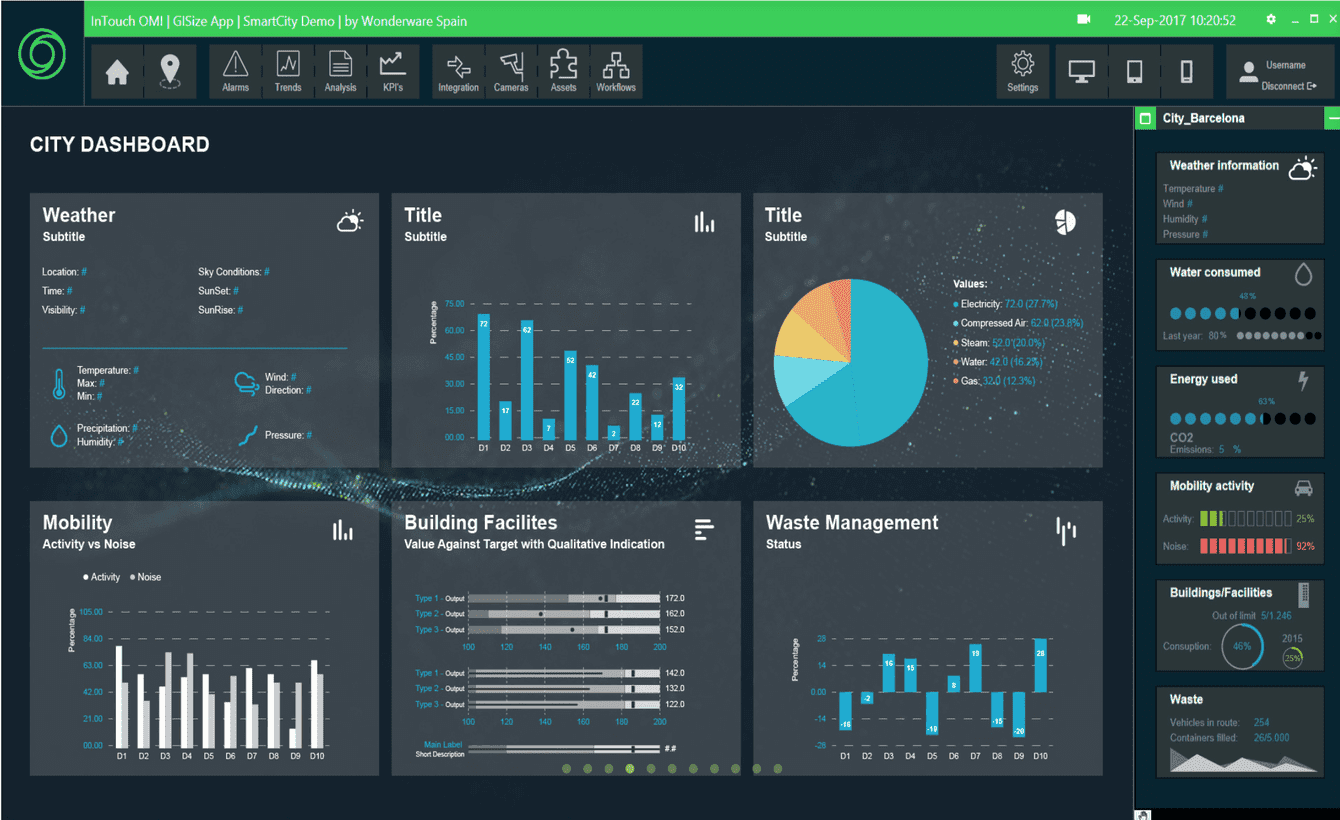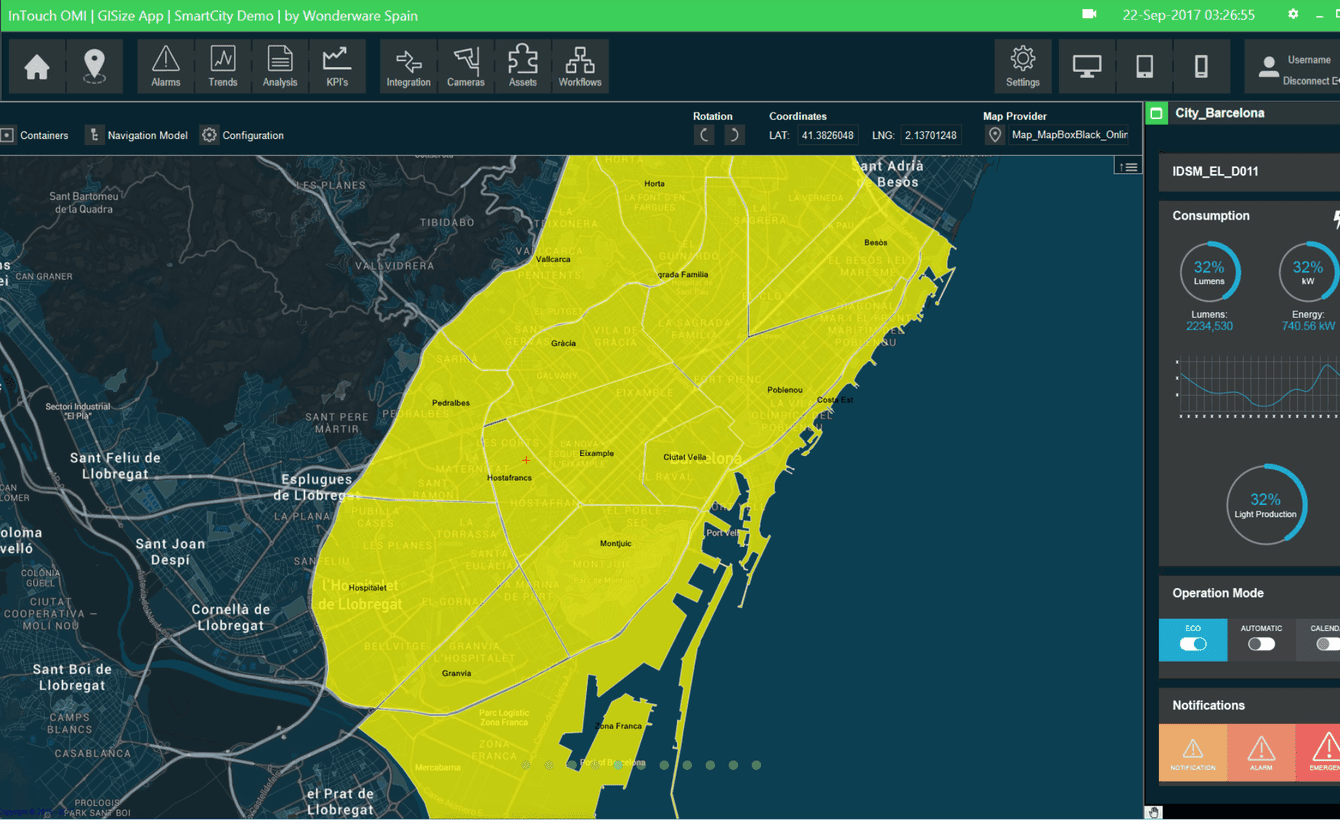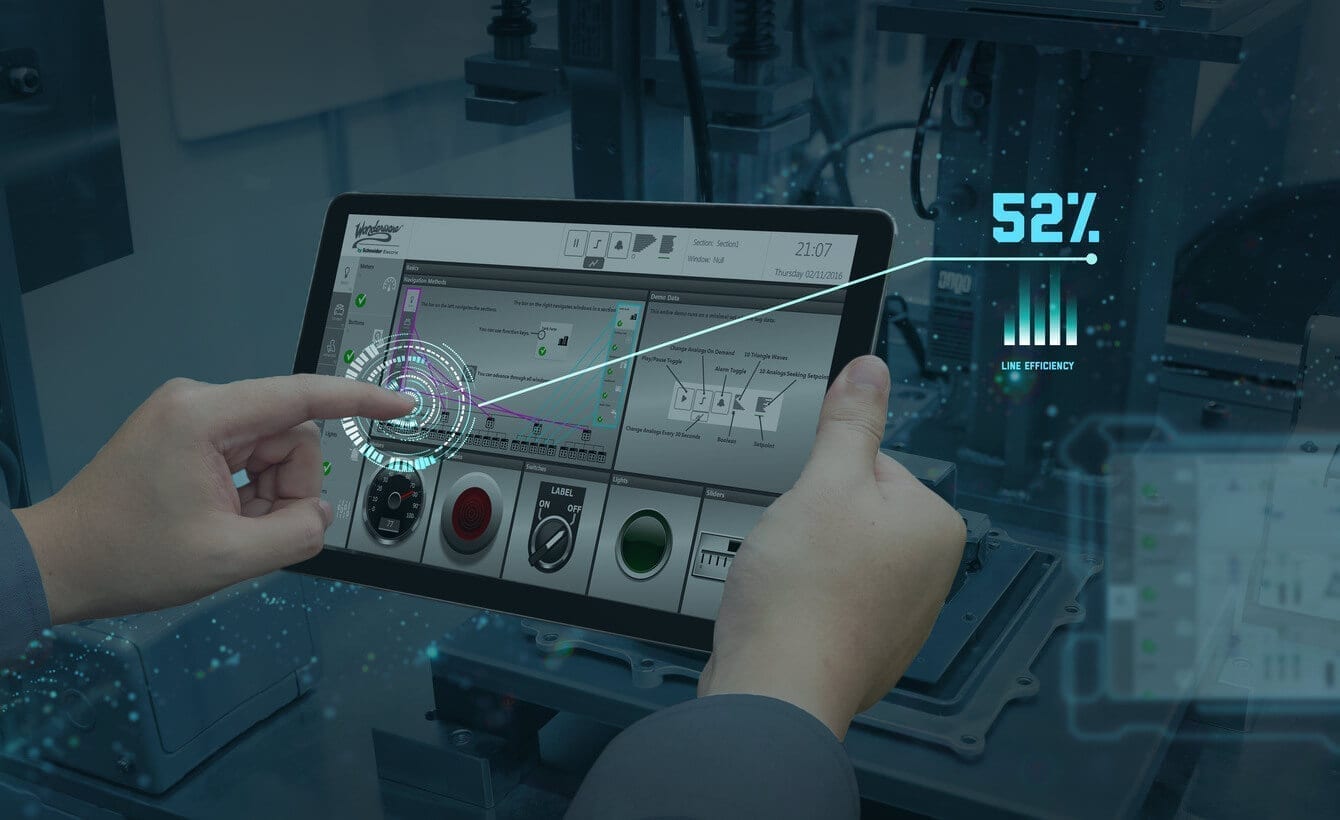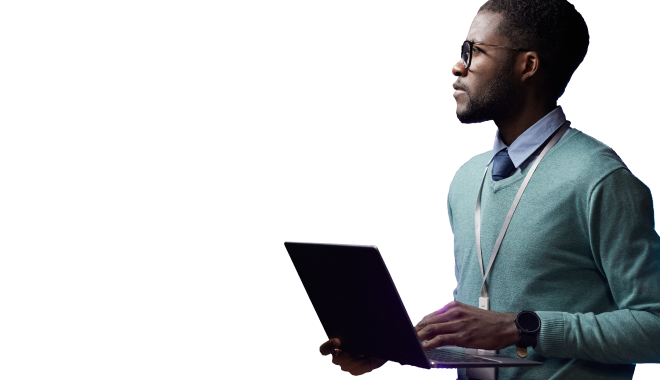GISize: The future of the industrial sector in 3D format
In just a few years, 2D graphics will be obsolete, so betting on 3D represents the future of the industrial sector, which will be extrapolated to other areas. It is the future of the Digital Twin and the digital transformation that most companies are demanding.
From now on, all public works constructions must have a 3D representation and present the result in a BIM model, the standard for architecture, so having a viewer will be demanded worldwide.
How to visualize real environments in 3D? What kind of viewer is needed?
GISize is an app designed to create simulated environments in which to navigate spatial or geographic data that represent the future of the industrial sector.
Aveva simplifies operator interactions with other productivity applications and the enterprise. They help companies make the most of their powerful technology with production, performance, manufacturing intelligence, management and collaboration applications for business processes.
Aveva offered its customers an interface where they could see the relevant information of their infrastructures in a visual way in 2D format. However, the evolution of the industrial sector is moving towards 3D, and this is what their customers demanded, so the change was imminent.
Therefore, they needed a component that could be integrated into their system and that would allow them to add 3D controls as a much more attractive and real viewer to display models of buildings, their maintenance, the operation of factories, tunnels…



The process
To meet the challenge, we incorporated a viewer, with our Evergine technology, into their GISize system.
We developed a control using WPF (Windows Presentation Foundation) capable of loading BIM models, which makes it possible to load buildings, access each floor, consult the model, visualize the specific parts we want, enter inside… All at the click of a button.
The control is seamlessly integrated into the platform and allows information to be displayed in 3D format.
This allows us to enter and consume the information we are interested in, according to the moment we want.
Application development with mixed reality.
Application to visualize industrial projects using Evergine.
Results
- It allows to visualize the information in 3D format, changing the camera angle, focusing the lens, enlarging it…
- Effects or multiple selection can be applied.
- Access to the metadata of the different elements or parts of the 3D object specified in the IFC file…
- It makes it easy to enter and consume the information we are interested in, at the time we want.
We are ready for new challenges


